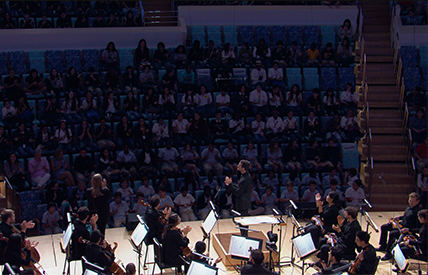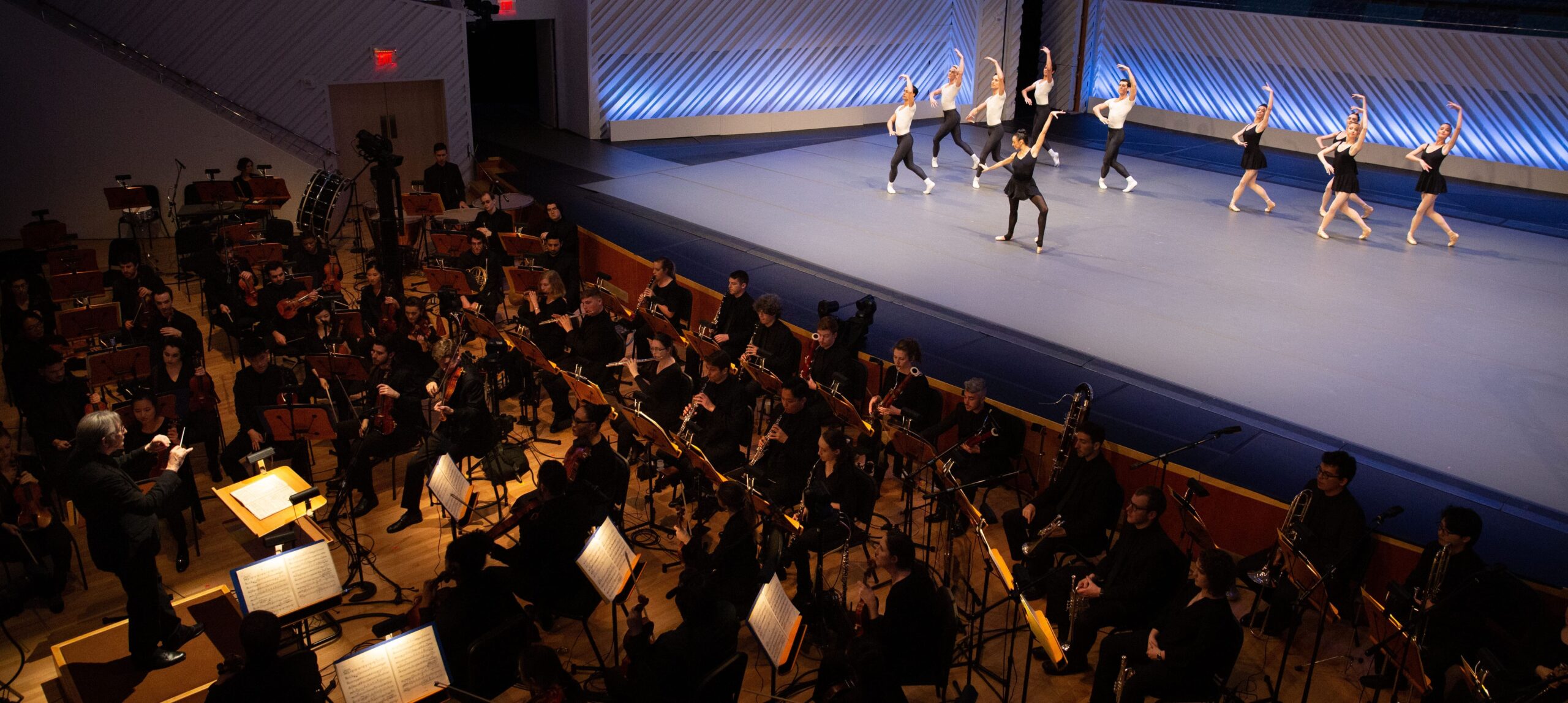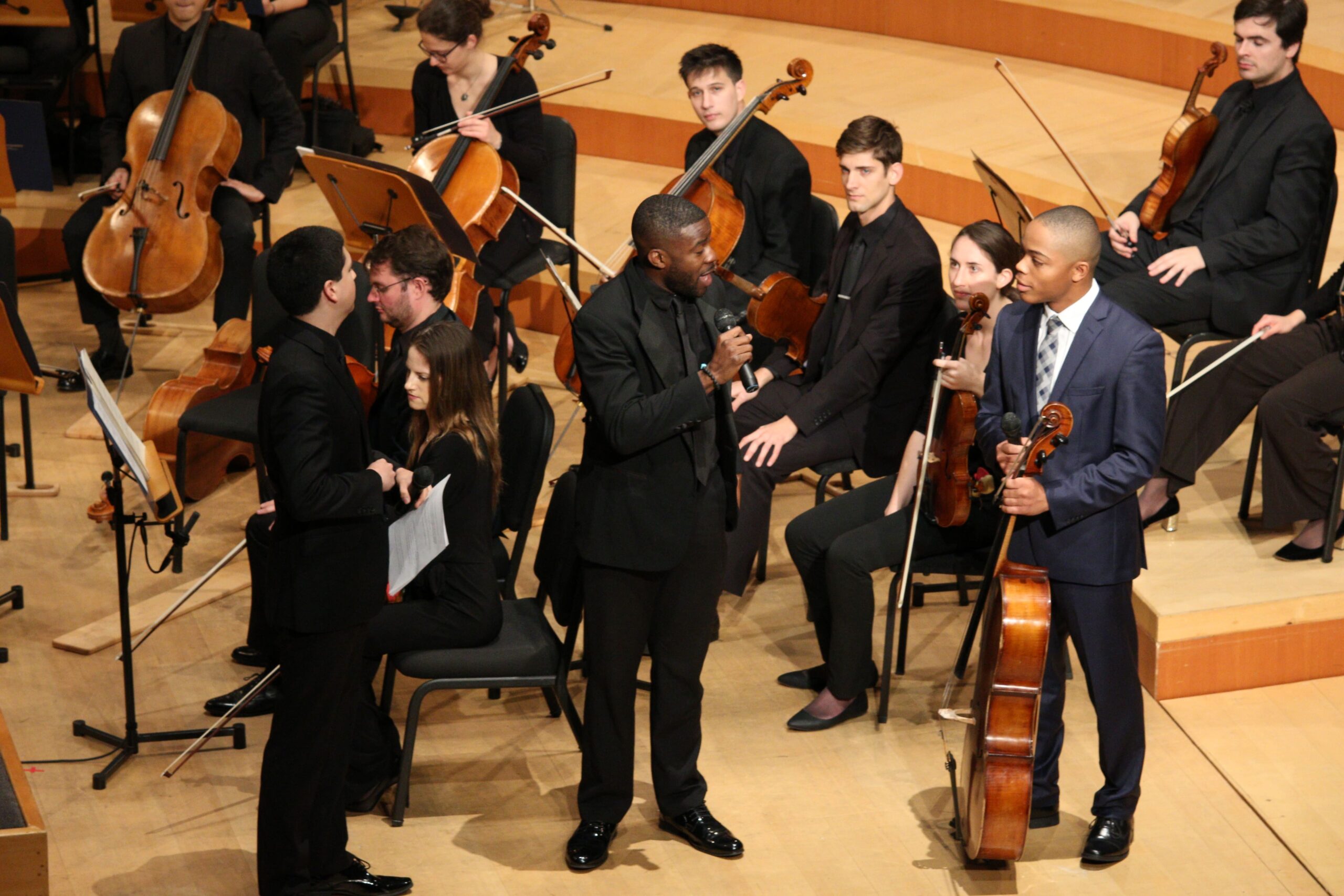Form & Rhetoric

Goals
Audience will be able to follow the form of a piece.
Overview
Provide a map of the form for the audience to follow. Make connections to rhetoric outside of music.
Process
- Choose a piece on your program with strong elements of form. Identify the different sections in the form, and lay out a map of the form for the audience.
- Talk to the audience about the form of the piece (sonata form, rondo, binary, etc.) and how the piece you’re playing does or does not conform to that form.
Audience Type

What does this activity look like in action?
Example Script:
Piece: Joseph Bologne, Chevalier de Saint-Georges, Symphony No. 2, Op. 11, Mvt. 1
Performer: Have you ever had to write a 5-paragraph essay? (Raise hands) What about a haiku? Or a limerick?
Do you ever feel annoyed or constrained by the rules? Or do you like the structure or limiting constraints it gives you? (accept responses)
Classical music, just like writing, can follow a prescribed form. The form we’re going to explore in our next piece is called Sonata form, and it’s actually very similar to the 5-paragraph essay form. There are three main sections. The Exposition, where our main themes are presented, the Development, where the themes are played with and modified harmonically or texturally, and finally the Recapitulation, where we hear the exposition again but slightly altered.
Let’s hear one of our main themes from the Exposition:
Play Theme I in exposition.
Now let’s hear the same theme as it’s altered in the Development:
Play Theme I in development.
And finally let’s hear it again in the Recap!:
Play Theme I in recap.
Let’s try to listen for these three sections and raise your hand when you think we’ve entered the next section, as we listen to Joseph Bologne’s Symphony No. 2!

Modifications
- Can play detailed demos of mirroring form to rhetoric, like show how sonata form mimics essay form down to the order of sentences in the introduction paragraph to the order of theme/transition material/theme 2 in an exposition.
Create interactive performances. We have activities to help you connect with your audiences.


